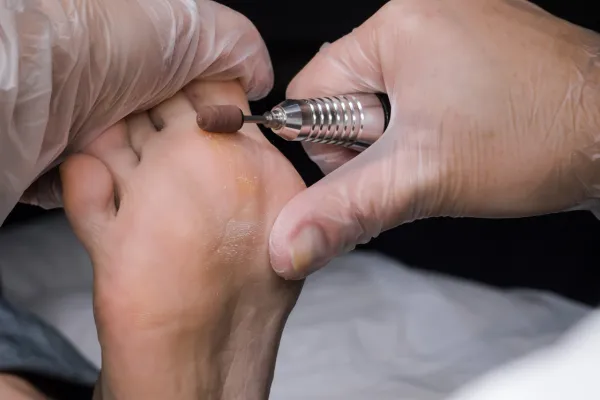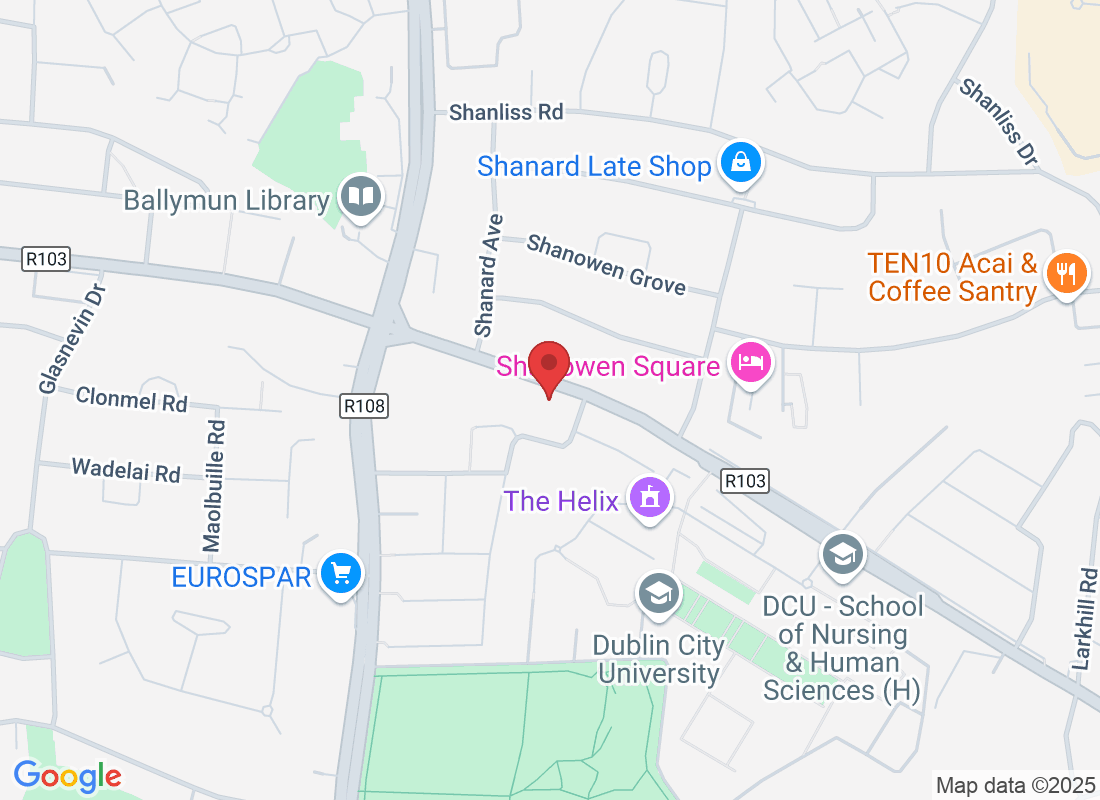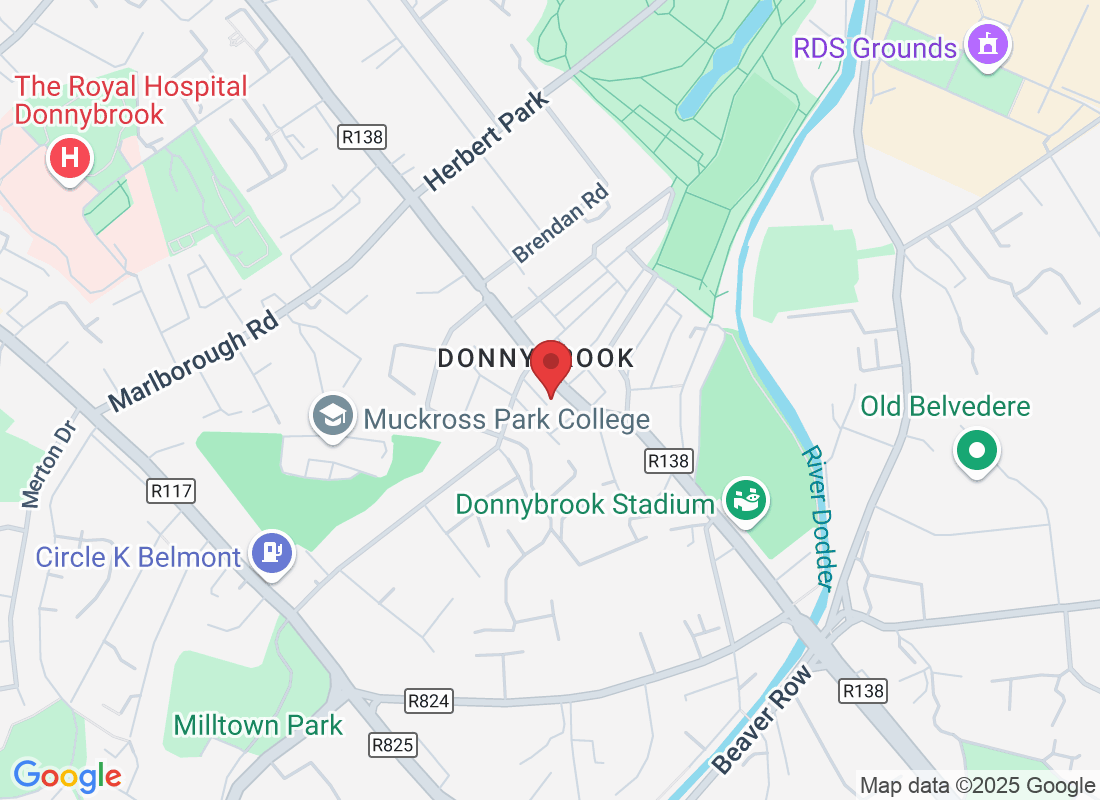
Corns vs Calluses: What’s the Difference and Why It Matters for Your Feet
If you’ve ever noticed a patch of thickened, hard skin on your foot, you might wonder whether it’s a corn or a callus—and whether you need to do anything about it. While both are common and often harmless, they can become painful if left untreated. Understanding the difference between corns and calluses helps you care for your feet properly and know when to seek help from a podiatrist.
At Mary Moore Podiatry, we regularly treat patients with these conditions, helping them get back to comfortable walking with the right care and advice.
What Are Calluses?
Calluses are areas of thickened skin that develop as your body’s way of protecting itself against friction or pressure. They typically form on the soles of the feet—especially the heels, balls of the feet, or sides of the big toe.
Key features of calluses:
Larger, more spread-out areas of hard skin
Usually not painful (at least at first)
Yellowish or greyish in appearance
Feel rough or dry to the touch
Calluses are common in people who spend long hours on their feet, wear poorly fitted shoes, or walk barefoot frequently. They can also form in response to biomechanical issues, such as uneven weight distribution when walking.
What Are Corns?
Corns are a more concentrated form of thickened skin, often smaller but deeper than calluses. They usually appear on parts of the foot that experience repeated pressure or rubbing—like the tops or sides of toes, or between the toes.
Key features of corns:
Small, round, and hard (sometimes soft if between the toes)
Often painful when pressed
May have a central “core” that presses into the skin
Form over bony areas or where toes rub against shoes
If a corn becomes inflamed or infected, the pain can be sharp and constant, making even walking or wearing shoes difficult.
Why It Matters to Know the Difference
At first glance, it might seem like there’s little difference between a corn and a callus. But knowing which one you’re dealing with helps determine the best treatment and prevention approach.
Corns often require more targeted removal and should be treated by a podiatrist, especially if they’re painful or keep coming back.
Calluses may improve with self-care (like using a pumice stone or moisturising regularly), but severe or recurring cases might indicate an underlying issue with how you walk or how your shoes fit.
Ignoring either condition can lead to increased pain, difficulty walking, and even open wounds—especially in people with diabetes or poor circulation.
How Can a Podiatrist Help?
At our Foot Clinic in Dublin 4, we offer professional corn and callus removal that’s safe, hygienic, and pain-free. Unlike over-the-counter treatments that may irritate healthy skin or cause damage, we carefully remove only the excess skin and advise you on how to prevent recurrence.
We’ll also check your footwear, foot shape, and walking pattern to understand why the problem is happening—because treatment isn’t just about removing the symptom, it’s about addressing the cause.
In some cases, custom orthotics may be recommended to redistribute pressure more evenly across your foot and reduce friction in trouble areas.
Tips to Prevent Corns and Calluses
Wear well-fitting shoes with a wide toe box and good cushioning.
Avoid high heels or shoes that pinch or rub.
Use protective pads or insoles if you have areas prone to pressure.
Moisturise your feet daily to keep skin soft and less prone to buildup.
See a podiatrist regularly—especially if you have foot pain, diabetes, or recurring problems.
Your Feet Deserve Better Than Painful Pressure
Corns and calluses may seem minor, but they can quickly interfere with your comfort and quality of life. The good news is that with the right care, they’re both manageable and preventable.
If you're unsure what’s causing your foot discomfort, or if you're dealing with recurring hard skin, we’re here to help at Mary Moore Podiatry.




